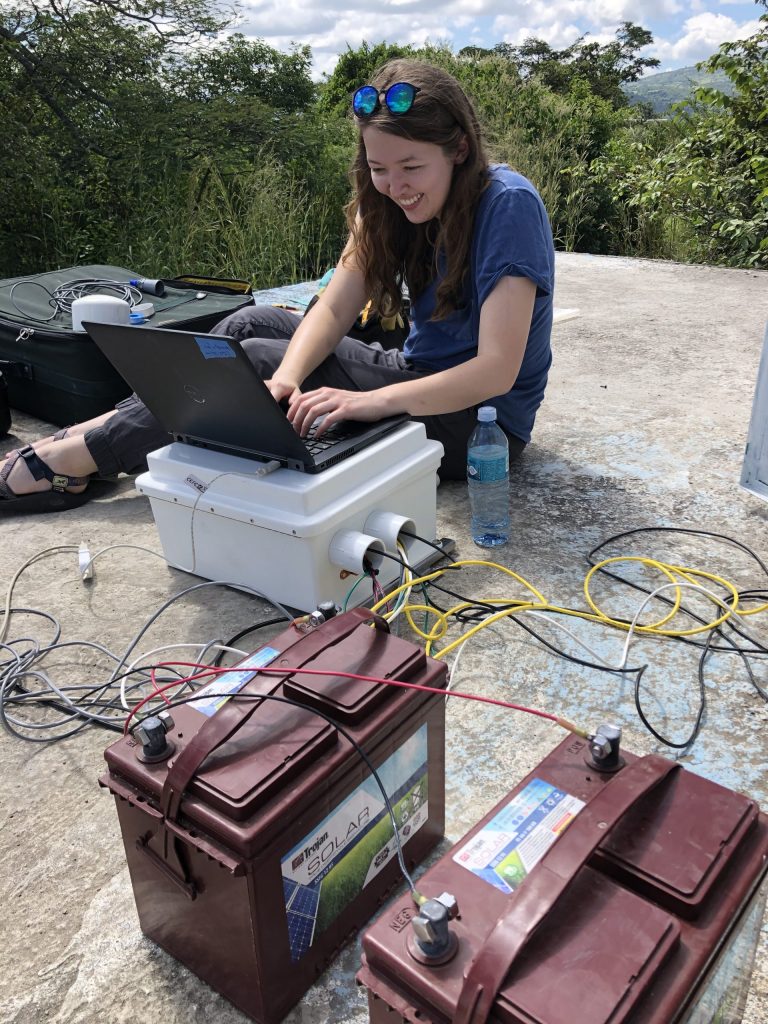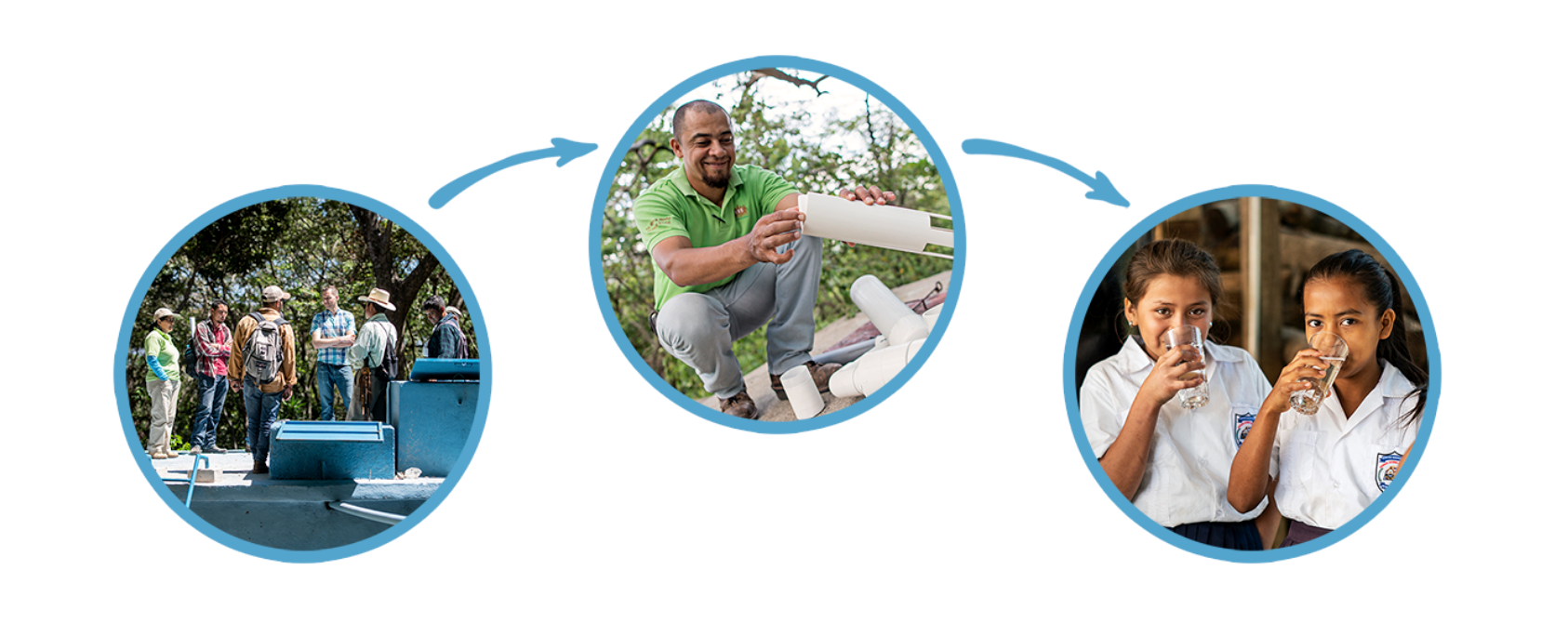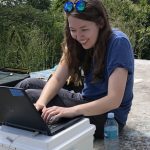How EOS Deploys a Scalable Water-Monitoring Solution Across Nicaragua and Honduras
EOS is thrilled to be featured by Digi International in this thought-provoking article on how we deploy a scalable water-monitoring solution across Nicaragua And Honduras.
Most water-quality issues can be successfully and quickly addressed with simple chlorine treatments, using tablets similar to those that keep swimming pools clean and clear. However, instead of a monthly shock treatment, the better answer is to set and maintain smaller continual dosages of chlorine to account for variables such as weather and consumption rates.
Previously, water-monitoring required visits from EOS’s water technicians to perform manual tests. Those technicians crossed rugged terrain to visit hundreds of remote communities, some of which are accessible only via horseback, just to test water quality and prescribe the next dose of chlorine. While helpful, those tests failed to account for daily variability in water quality. A community could go days, weeks, or even an entire month without a visit from an EOS technician to provide new data about its current water quality, leaving open potentially dangerous vulnerabilities.

Megan working in Nicaragua
When Meier consulted Dr. Craig Just, professor, and Megan Lindmark, a Ph.D. student, from the University of Iowa, it was an ideal collaboration. Together the team discovered that if they could use sensors to detect and report water quality in real time, then EOS techs could operate far more effectively. This could prevent needless visits, save time and money, and improve the quality of the water.

Just and Lindmark devised a solution for monitoring these remote locations by outfitting each site with a small number of sensors that can nearly continuously measure pH, oxidation-reduction potential, chlorine, flow rates, and tank levels. Those readings are recorded every two minutes. Four times an hour, those readings are transmitted to the University of Iowa, where Just and Lindmark perform analyses and visualizations of the water quality and chemistry. If adjustments are needed, they send a text message to staff.
Our plan is to scale up to hundreds of locations, using Digi XBee® 3 Cellular LTE Cat 1 connectivity, which will dramatically improve water quality while driving down operational costs.
To learn more, click here to read the article in full.





